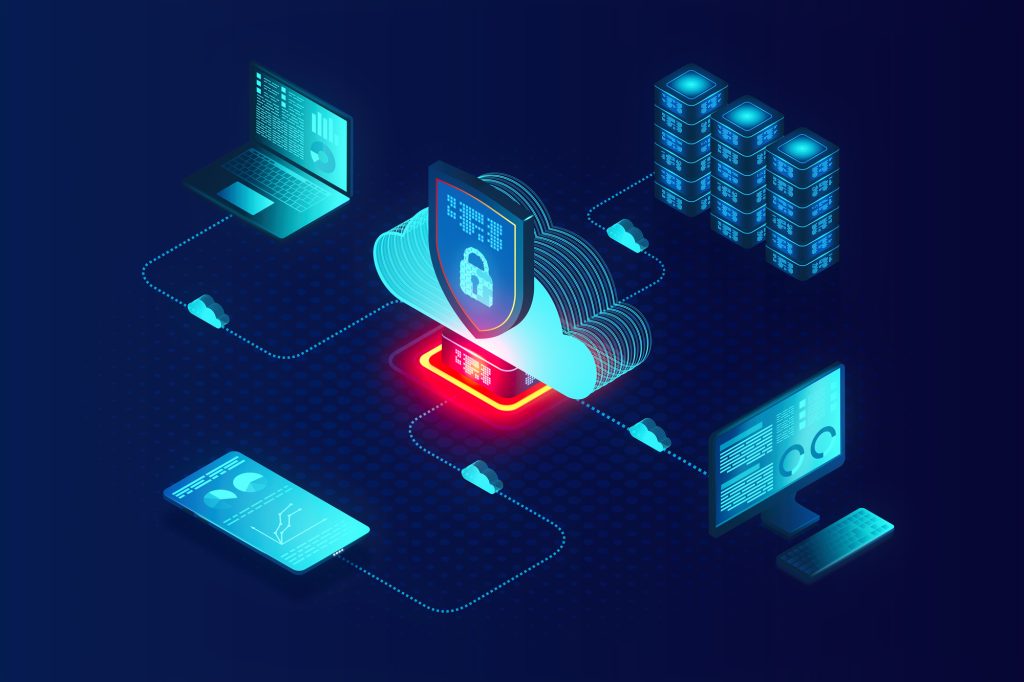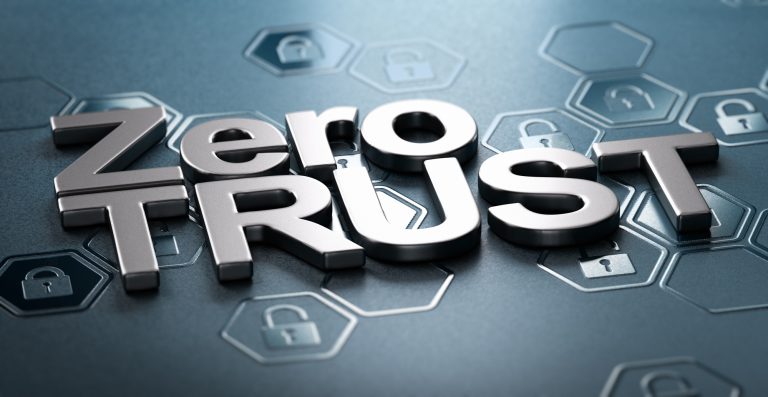- November 30, 2022
- Catagory Managed IT Services
Your Security Strategy Should Include MDR
Implementing security technologies such as a Security Information and Event Management (SIEM) platform will only protect your organization if they are effectively managed, which is why you must consider embracing managed detection and response (MDR).

MDR isn’t a technology, it’s a service with SIEM acting as key pillar of its foundation, as well as endpoint detection and response (EDR). Delivered by a third-party service provider, it allows you to tap into cybersecurity expertise that’s in high demand and difficult to attract and cultivate internally. Your managed service provider (MSP) is a great resource for accessing MDR and a team of skilled professionals who can help you manage and optimize your security.
It’s also more proactive – security experts on staff with your service provider leverage SIEM and EDR to monitor and analyze events so they can identify dangerous threats before they can have a negative impact on your business. MDR delivered by an MSP is better able to keep up with volume of anomalous events to discern whether they will result in a serious data breach or malicious attack by a threat actor.
The most compelling reason to seek out a service provider who can deliver MDR is they can do it 24 hours a day, 7 days a week, 365 days a year. For most small and medium sized businesses, it’s simply mot feasible to staff your IT team with security experts all the time, including holidays. Even if you can attract the skilled personnel, it’s better to have them focused on more strategic IT and security initiatives. An MDR provider reduces the burden on your own people, so they have more time to breath, given all their other responsibilities.
An MDR analyst with the latest and greatest tools can better sift through the vast amounts of data being ingested from different sources and endpoints and analyze it. They are also able to understand how to automate security tools to work more effectively so they’re only handling incidents that require human intervention. Their ability to interpret data not only helps them prevent and mitigate vulnerabilities, but also prevent future attacks by applying lessons learned to make your organization more resilient.
A managed service provider is best equipped to optimize security platforms including SIEM and EDR as part of an MDR solution because they can better access and scale these advanced security tools and the necessary skilled professionals capable of using them effectively.
We’ve already talked a lot about the benefits of zero trust for securing your organization, but if you’re a small or medium-sized business looking at how to implement zero trust, it can be easy to get overwhelmed.
Your managed service provider (MSP) can be a great resource for implementing zero trust, and all things security, too. And while zero trust can greatly improve your security posture, it’s not the only thing you should be doing.
Implementing zero trust requires technical expertise and dedicated IT staff, and you’ll increase your odds of success if your break down your implementation in smaller, more manageable tasks. Different security vendors offer different frameworks, but regardless of the cybersecurity tools you deploy, implementing zero trust can be broken down into four elements:

- A system for tracking everyone on your network, their location and what applications and data they are accessing
- Selecting security tools, including next-generation firewalls, intrusion detection systems, and identity access management
- Comprehensive guidelines that outline who can access your network and resources, when and from where
- Network monitoring capabilities that track and log all traffic, both external and internal, that can establish a baseline to make it easy to spot suspicious activity and remediate it
A zero-trust model will greatly reduce your overall risk by limiting the impact and severity of a cyberattack. Even if you fall prey to an attack, implementing zero trust will reduce the cost to your business, including penalties related to regulatory compliance. Zero trust also increases visibility for your IT staff because it enables them to see who is on the network and granularly segment access – even employees are strictly managed to only access resources that are related to their responsibilities. In addition, what they are allowed to access requires multifactor authentication.
Implementing zero trust shouldn’t be your only strategy for securing your organization, but it has a high success rate of mitigating the damage caused by threat actors, especially social engineering attacks. A managed service provider can help you get started with the four key elements of zero trust as well as determine what other tools and polices can improve your security posture.




 Latest Blogs
Latest Blogs FAQ
FAQ